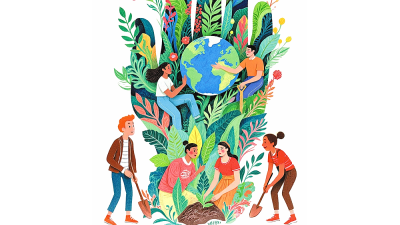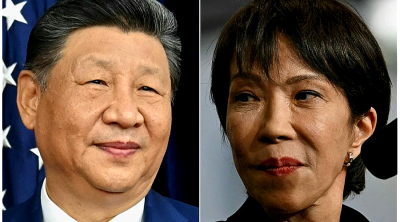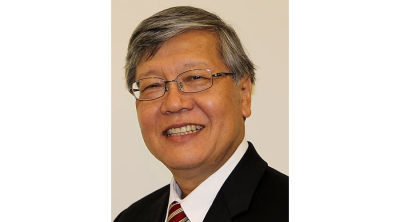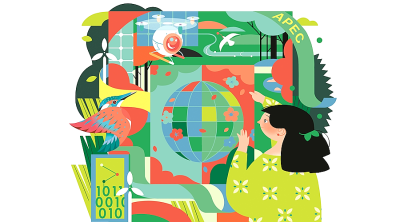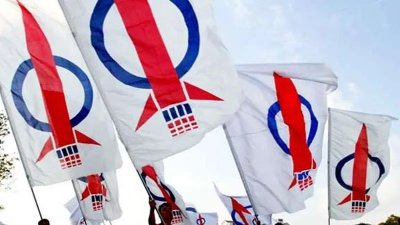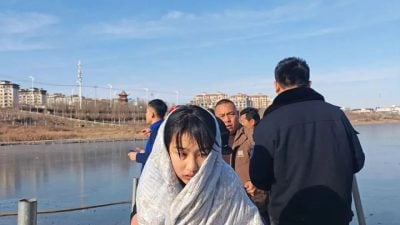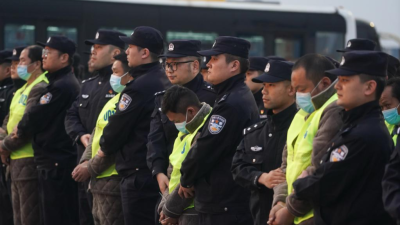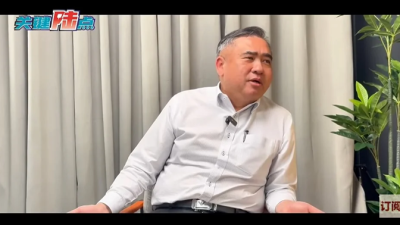
In a world fractured by war, protectionism, and mutual distrust, civilizational dialogues are often reduced to symbolic gestures and hollow handshakes.
But when such dialogues are embedded in trade, infrastructure, and investment flows—as seen in the upcoming ASEAN-GCC-China Economic Summit on May 26–27 in Kuala Lumpur—they signal more than polite diplomacy.
They reflect a civilizational search for symmetry, where market access becomes the first step toward mutual recognition, parity, and purpose.
At its core, this historic summit brings together three of the most enduring civilizations: Southeast Asia’s maritime pluralism, the Arabian Peninsula’s Islamic legacy, and China’s Confucian resurgence.
What binds them today is neither ideology nor security alliances—but trade, logistics, and a shared anxiety about Western-centric economic systems that have shown signs of fraying.
The strategic triangulation
ASEAN’s role is both central and catalytic. While it has long positioned itself as the honest broker in geopolitical rivalries, its new role is evolving: to become the strategic bridge between Gulf capital and Chinese capacity.
What was once a civilizational periphery in the colonial imagination is now the junction of three major supply chain revolutions.
The GCC, flush with petro-capital and sovereign funds, is urgently diversifying through Vision 2030 and its many variants.
China, amid technological decoupling and tariff walls raised by the United States and Europe, is recalibrating its Belt and Road Initiative (BRI) from physical infrastructure to Digital Silk Roads, health corridors, and green transitions.
ASEAN, meanwhile, is retooling itself—not just as a factory hub, but as a smart connector of standards, values, and ecosystems.
This summit is not simply about signing FTAs or MoUs. It is about harmonizing ambitions without hegemonizing each other—a delicate balancing act ASEAN has long practiced, and now seems to export.
Market access as mutual recognition
To seek market access, in this context, is not merely transactional. It reflects a broader attempt to institutionalize parity—where no civilization, no matter how historically dominant, dictates the moral or technological terms of development.
When China offers digital infrastructure and cloud computing capabilities, and the GCC responds with green hydrogen investments and logistics gateways, they are also saying: We will not be marginal recipients of someone else’s global order.
This has serious implications for how civilizational symmetry can emerge—not through ideological assertion, but through the practical grammar of markets, ports, fiber-optic cables, and halal certification systems.
Post-Western multilateralism?
Critics may argue that this tri-continental effort is simply economic pragmatism in the face of a declining Bretton Woods order.
But that is precisely the point. As multilateralism loses coherence under the weight of nationalism in the West, ASEAN, GCC, and China are co-creating an alternative multilateral rhythm—less doctrinal, more developmental.
It’s not that this new arrangement lacks hierarchy or competition. It does. But its emphasis is on negotiated coexistence rather than coercive dominance.
The summit represents a shift from the post-Cold War “rules-based order” to a consensus-based convergence, grounded in shared civilizational memory and future economic necessity.
Symmetry without uniformity
Symmetry does not mean sameness. ASEAN’s democratic diversity, the GCC’s monarchic traditions, and China’s party-state model could not be more different. But what the summit reveals is that values can be aligned without being imposed.
In this regard, Malaysia’s Chairmanship of ASEAN in 2025 offers a rare opportunity: a Muslim-majority, non-aligned state providing intellectual and institutional leadership in shaping a civilizational detente rooted in economic interdependence.
Even Malaysia’s insistence on positioning this summit within Chapter VIII of the UN Charter—which encourages regional arrangements for peace and stability—shows that global security can be regionalized without being weaponized.
The quiet architecture of integration
While attention may focus on headlines and handshakes, the real work lies in building interoperability in ports, digital platforms, and sustainable finance.
The proposed Asian Green Deal—where Gulf funding, Chinese solar and strategic tech, and ASEAN’s biodiversity converge—is a quiet revolution.
This is all the more important when China, Japan and South Korea can work together with ASEAN and GCC.
So too is the effort to standardize Shariah-compliant financial mechanisms, a Halal economy, that can flow seamlessly from Abu Dhabi to Beijing, Tokyo, Seoul to Bangkok, Kuala Lumpur and Jakarta.
In many ways, this summit is crafting a civilizational grammar of development—where Islamic finance, Confucian pragmatism, and ASEAN consensus-making offer something uniquely post-Western: integration without imperialism, connectivity without coercion.
Conclusion: A new Silk Road or a civilizational circle?
If the 20th century was about Atlantic economies and Cold War binaries, then the 21st century—especially after the pandemic, wars in Gaza and Ukraine, and Trump’s tariff revival—demands a different ethos.
The ASEAN-GCC-China triangle is not a new empire, but a rebalanced circle—a geometry of civilizational trust, earned not through force, but fairness.
By choosing market access as their first principle, these civilizations are not ignoring values—they are creating new pathways where values follow trade, and recognition follows reciprocity.
This summit is not an end, but the beginning of a new kind of multilateral imagination—rooted in ancient civilizations, but ready for the post-carbon, post-hegemonic world to come.
This summit is not an end, but the beginning of a new kind of multilateral imagination—rooted in ancient civilizations, but ready for the post-carbon, post-hegemonic world to come.
This summit is not an end, but the beginning of a new kind of multilateral imagination—rooted in ancient civilizations, but ready for the post-carbon, post-hegemonic world to come.
(Prof Dr Phar Kim Beng is Professor of ASEAN Studies, International Islamic University Malaysia, and Visiting Faculty of Asia Europe Institute of University of Malaya.)
ADVERTISEMENT
ADVERTISEMENT






